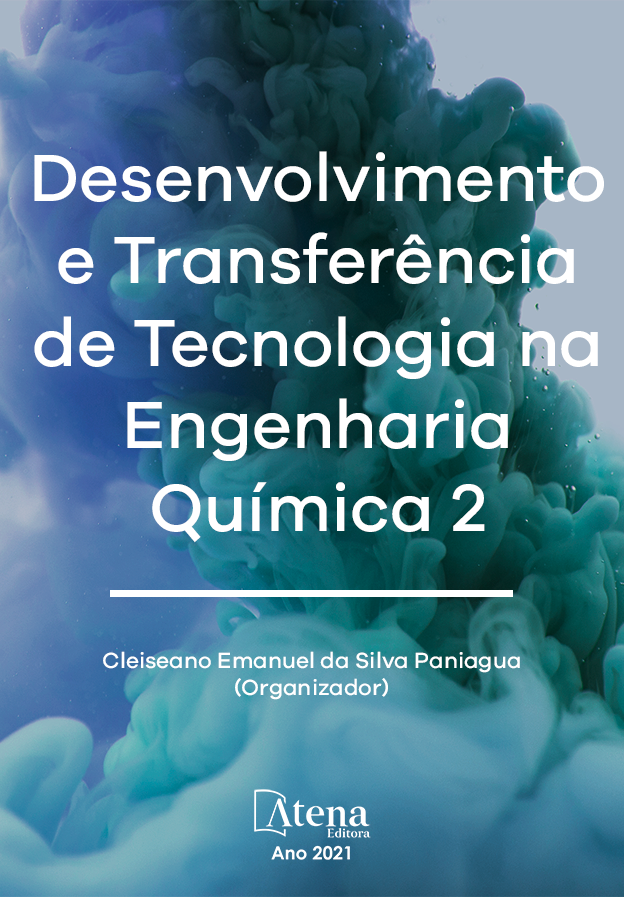
OTIMIZAÇÃO DA REMOÇÃO DE FÓSFORO E NITROGÊNIO AMONIACAL POR LIGNINA
Tendo em vista a potencialidade da substituição dos floculantes químicos pelos naturais nos processos de tratamentos eficientes para alcançar os níveis estabelecidos pela legislação ambiental para descarte. Neste contexto, o presente trabalho visa a otimização, por meio do delineamento composto central rotacional (DCCR), da remoção dos nutrientes fósforo e nitrogênio amoniacal utilizando o subproduto lignina das indústrias de papel e celulose, como floculante no tratamento de efluentes. Para a otimização, foi estudado as variáveis independentes: pH e concentração de lignina e a variável dependente: porcentagem de remoção de fósforo e nitrogênio amoniacal. Os resultados demonstraram que a lignina avaliada se apresentou como um floculante promissor para o tratamento de soluções aquosas. Com uma remoção máxima de fósforo de aproximadamente 93,3097% e de nitrogênio amoniacal de 90,2379%.
OTIMIZAÇÃO DA REMOÇÃO DE FÓSFORO E NITROGÊNIO AMONIACAL POR LIGNINA
-
DOI: 10.22533/at.ed.2262119048
-
Palavras-chave: Coagulação, floculação, nutrientes, Lignina.
-
Keywords: Coagulation, flocculation, nutrients, Lignin.
-
Abstract:
In view of the potential of replacing chemical flocculants by natural in efficient treatment processes to reach the levels established by environmental legislation for disposal. In this context, the present study aims at optimization, through the Central Composite Rotational Design (CCRD) the removal of nutrients phosphorus and ammoniacal nitrogen using the lignin byproduct of the paper and cellulose industries, as a flocculant in the treatment of effluents. For optimization, the independent variables were studied: pH and lignin concentration and the dependent variable: percentage of phosphorus and ammoniacal nitrogen removal.The results showed that the evaluated lignin presented itself as a promising flocculant for the treatment of aqueous solutions. With a maximum phosphorus removal of approximately 93.3097% and ammoniacal nitrogen of 90.2379%.
-
Número de páginas: 15
- Bárbara Leticia Peroni
- João Batista dos Santos Magalhães de Almeida
- Pedro Roberto Araújo Santos Filho
- Prof. Me. Mario Sérgio da Rocha Gomes
- Lenice Campos


